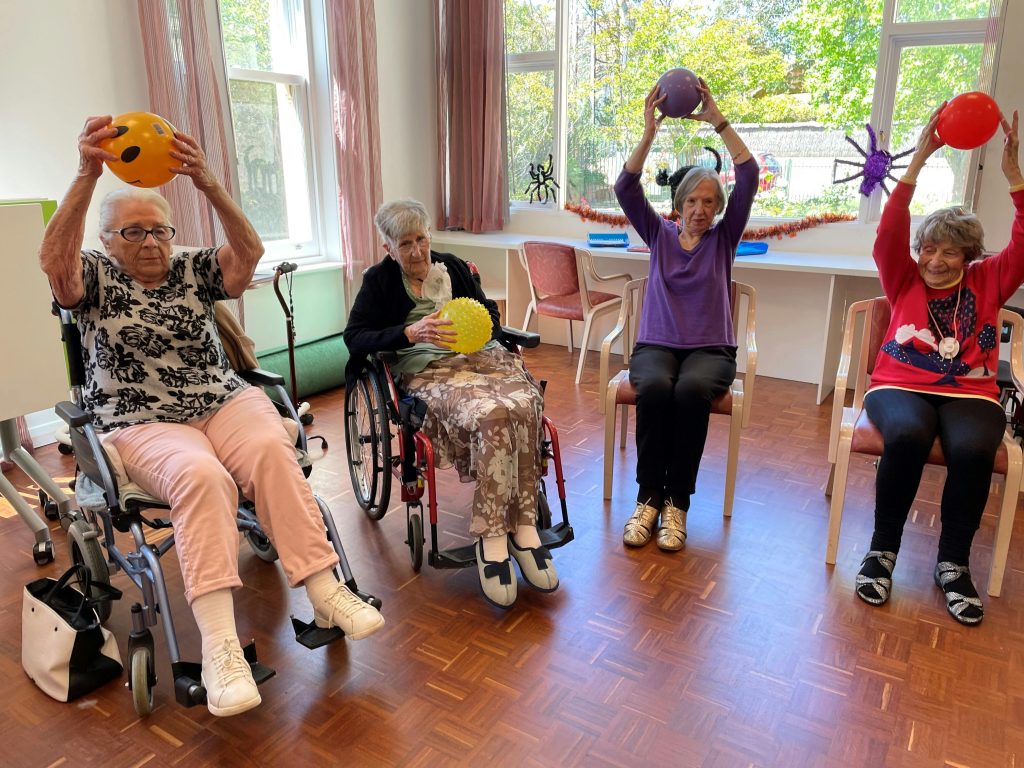Ever-evolving landscape of digital marketing, Google Ads stands out as a powerful tool for assisted living facilities seeking to enhance their online visibility and attract potential residents. This comprehensive guide aims to demystify the intricacies of Google Ads specifically tailored for the assisted living industry. By employing the MECE (Mutually Exclusive, Collectively Exhaustive) framework, we will delve into each crucial aspect, providing a step-by-step guide for facilities to successfully navigate and optimize their Google Ads campaigns.
I. Introduction
A. Significance of Google Ads for Assisted Living Facilities
In a digital era dominated by online searches, Google Ads offers assisted living facilities a direct pathway to connect with families actively seeking senior care options. Understanding the significance is imperative:
- Instant Visibility: Google Ads places your facility at the top of search results, ensuring immediate visibility.
- Targeted Reach: Ad campaigns can be precisely targeted based on demographics, location, and specific keywords.
- Measurable ROI: Robust analytics enable facilities to measure the return on investment (ROI) accurately.
II. Planning Your Google Ads Strategy
A. Defining Campaign Objectives and Target Audience
Campaign Objectives
| Objective | Description |
|---|---|
| Increase Inquiries | Create campaigns to encourage families to inquire about the facility. |
| Boost Website Traffic | Drive targeted traffic to the facility’s website for more engagement. |
| Raise Brand Awareness | Increase visibility and familiarity with the facility’s brand among the target audience. |
Target Audience
Identifying and understanding the demographics and interests of the target audience is essential for creating impactful campaigns:
- Demographics: Age, location, interests, and specific needs of potential residents and their families.
- Persona Development: Create detailed personas based on the identified demographics for targeted ad content creation.
B. Keyword Research and Selection
Keyword Types
| Keyword Type | Description |
|---|---|
| Branded | Facility-specific terms, e.g., “GoldenGrove Senior Living.” |
| Generic | Broad terms related to assisted living, e.g., “assisted living facilities near me.” |
| Long-Tail | Specific and detailed phrases, e.g., “memory care facilities with outdoor activities.” |
Negative Keywords
Prevent ads from showing for irrelevant searches by including negative keywords:
- Examples: “nursing homes,” “home care,” ensuring ads target the right audience.
III. Campaign Structure and Ad Groups
A. Organizing Campaigns and Ad Groups
Campaign Structure
- Campaign 1: Assisted Living Services
- Ad Group 1: Independent Living
- Ad Group 2: Memory Care
- Campaign 2: Facility Amenities
- Ad Group 1: Outdoor Spaces
- Ad Group 2: Dining Options
B. Crafting Compelling Ad Copy
Ad Copy Best Practices
- Headline: Include facility name and a unique selling proposition (USP).
- Description: Highlight key services, amenities, and a strong call-to-action (CTA).
- Extensions: Use site link and callout extensions for additional information.
IV. Budgeting and Bidding Strategies
A. Setting Budgets and Bids
Budget Allocation
- Daily Budget: Distribute budget across campaigns based on priority and goals.
- Bid Strategy: Utilize automated bidding strategies for efficiency.
Ad Scheduling
- Peak Hours: Identify and target peak hours for better ad visibility.
- Dayparting: Adjust bids during specific times of the day or days of the week.
V. Ad Extensions and Enhancements
A. Leveraging Ad Extensions
Ad Extension Types
| Extension Type | Description |
|---|---|
| Site Link | Direct users to specific pages, e.g., “Schedule a Tour” page. |
| Callout | Highlight additional amenities, e.g., “24/7 Nursing Care.” |
| Location | Showcase the facility’s physical location for local searches. |
Utilizing Ad Enhancements
- Ad Variations: Test multiple ad variations to identify high-performing elements.
- Ad Rotation: Optimize ad rotation settings for continuous improvement.
VI. Tracking and Analytics
A. Implementing Conversion Tracking
Conversion Types
| Conversion Type | Description |
|---|---|
| Inquiry Form | Track form submissions from interested families. |
| Phone Calls | Monitor calls generated directly from ads. |
B. Google Analytics Integration
- Linking Accounts: Integrate Google Ads with Google Analytics for comprehensive data analysis.
- Setting Goals: Define goals within Google Analytics for tracking specific user interactions.
VII. Ongoing Optimization and A/B Testing
A. Continuous Improvement Strategies
A/B Testing Elements
| Element | Description |
|---|---|
| Ad Headlines | Test different headlines to identify the most effective ones. |
| Landing Pages | Experiment with variations of landing pages for better conversion rates. |
| Ad Extensions | Determine which extensions contribute most to ad performance. |
B. Adapting Strategies Based on Performance
- Performance Reviews: Regularly review campaign performance against predefined KPIs.
- Keyword Refinement: Adjust keywords based on search terms report for relevancy.
VIII. Legal and Ethical Considerations
A. Ad Content Compliance
- Ad Content Review: Ensure ad content complies with legal and ethical standards.
- Privacy Considerations: Respect user privacy and adhere to data protection regulations.
IX. Conclusion
In conclusion, Google Ads can be a game-changer for assisted living facilities aiming to enhance their online presence and attract prospective residents. By following this comprehensive guide and adopting a strategic, data-driven approach, facilities can demystify the complexities of Google Ads and position themselves for success. Embrace the power of targeted advertising to reach families actively seeking senior care options and navigate the digital landscape with confidence.



